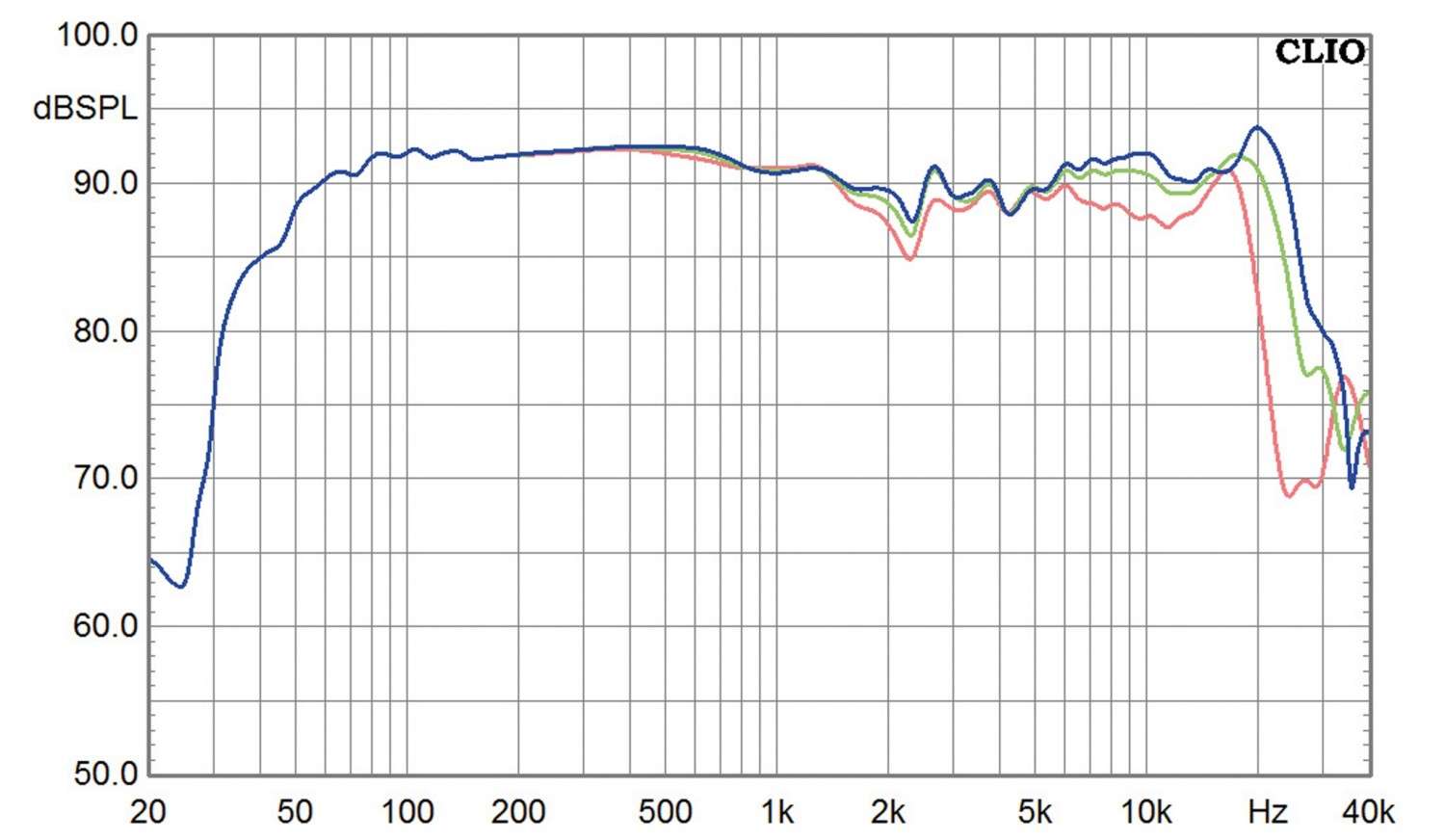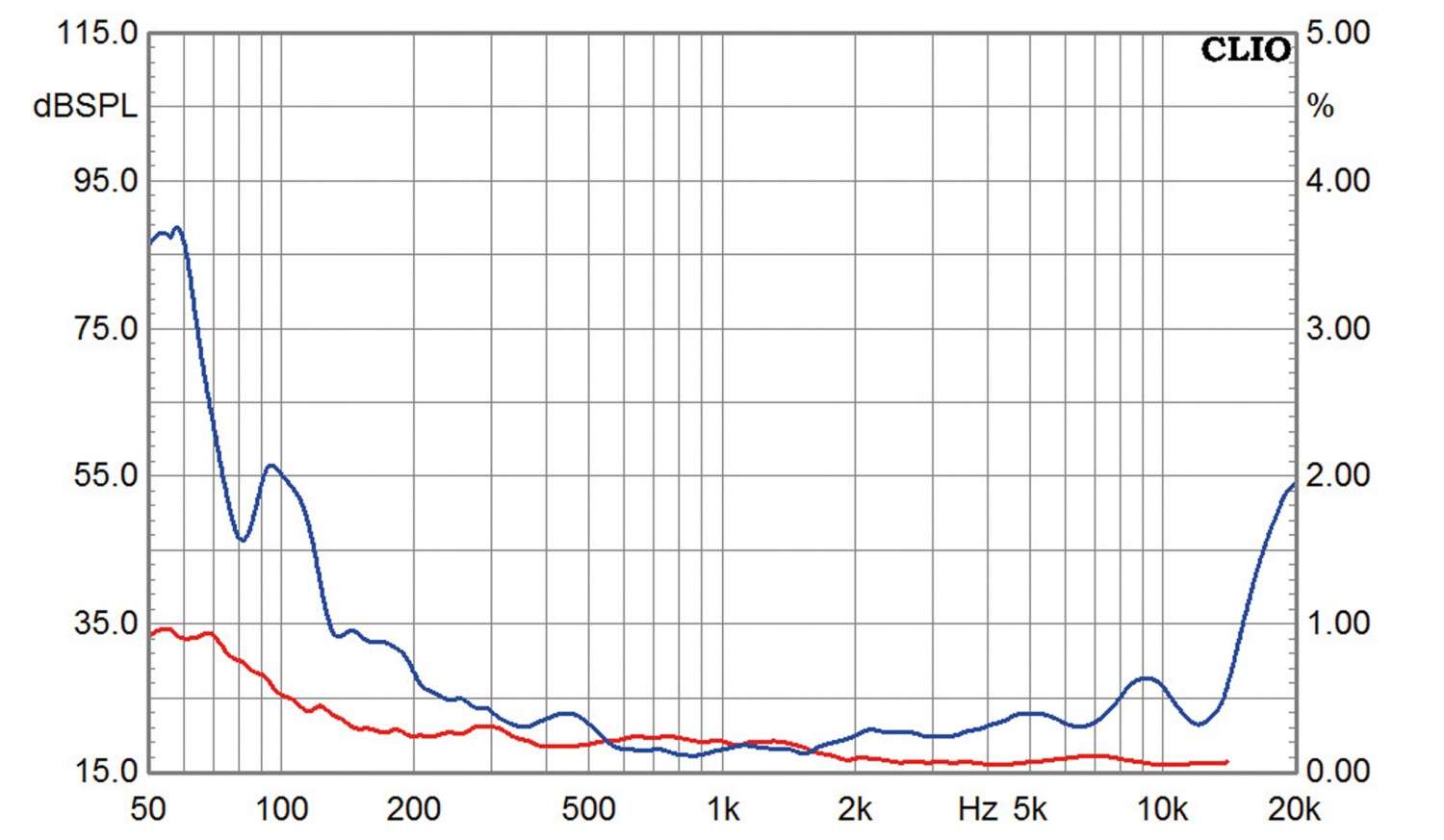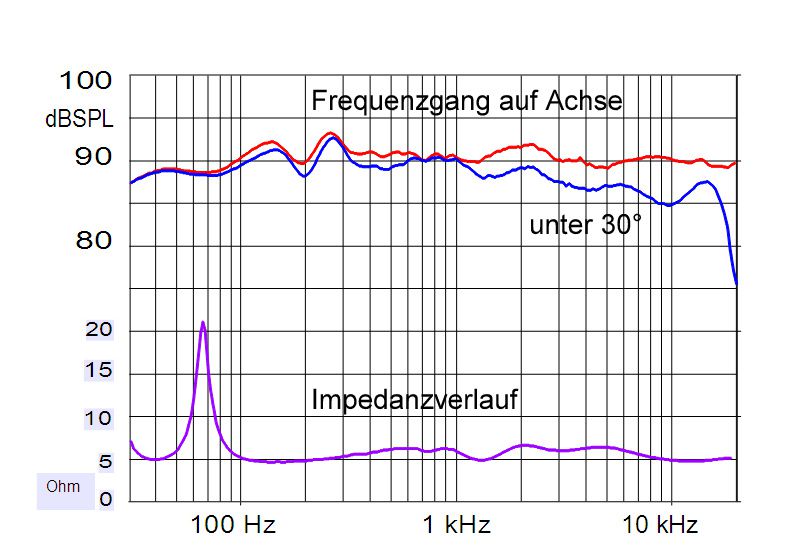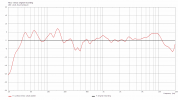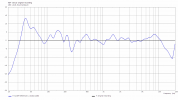Once again the best-measuring loudspeaker seems to be preferred by the majority. Cool.
Yep!
The KEF loudspeaker probably has the best directivity, but due to the on-axis frequency response and LW, which drops significantly to high frequencies, it can't play out this superiority.
Good directivity alone does not make a very good speaker, it depends on the crossover fine tuning.
I find it extremely interesting that the 802D3 received three votes. If the question had been "Which loudspeaker do you like best", I would not have been surprised, but in direct comparison with the original recording ("Which comes comes closest to the original recording?"), the 802D3 obviously deviates tonally the most. For these three voters, tonality does not seem to have been the top priority, but other acoustic parameters - fascinating.
That Heco Direkt is actually an interesting speaker, at least with some eq. Haven't thought too much about that speaker previously. Looks good (IMO), decent measurements, and now I know that I don't perceive it to be that far behind the LS1, which I have perceived as absolutely in sighted in-person listening...
This speaker surprised me the most. For a short time, it looked like it would be a neck-and-neck race with the LS1.
An old-school design with a large woofer and wide baffle, and due to the high sensitivity of 91-92dB, somewhat "thin" in the low frequency response.
It is also interesting that no one has described the loudspeaker with 91-92 dB sensitivity as having a particularly dynamic sound behavior, as is often automatically assumed.
Seems like speaker B should have done better maybe into 2nd place looking at the measurements.
With this model from KEF, the frequency response of the listening window is very likely to drop almost 5dB in the 500Hz to 10kHz range - that might just be a bit too much.
